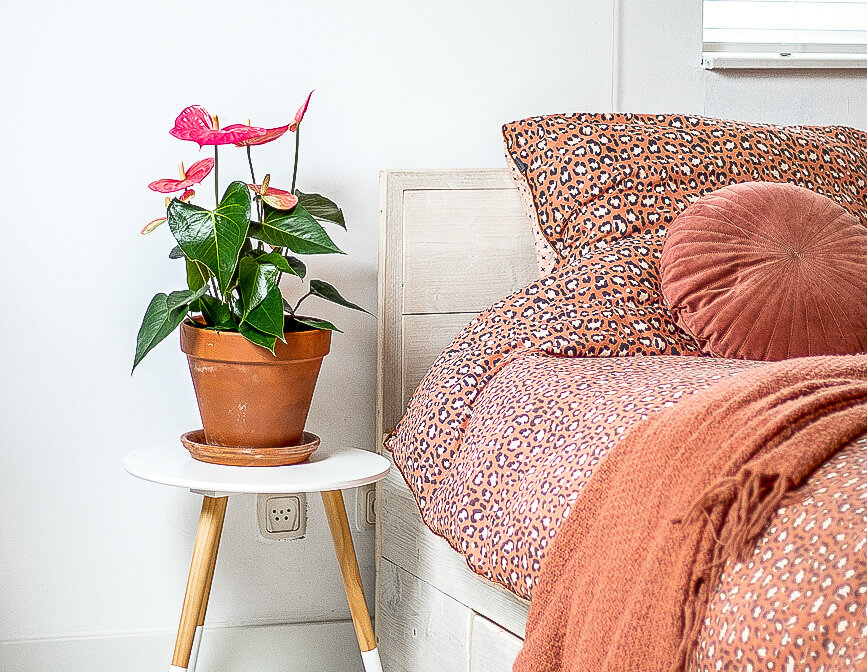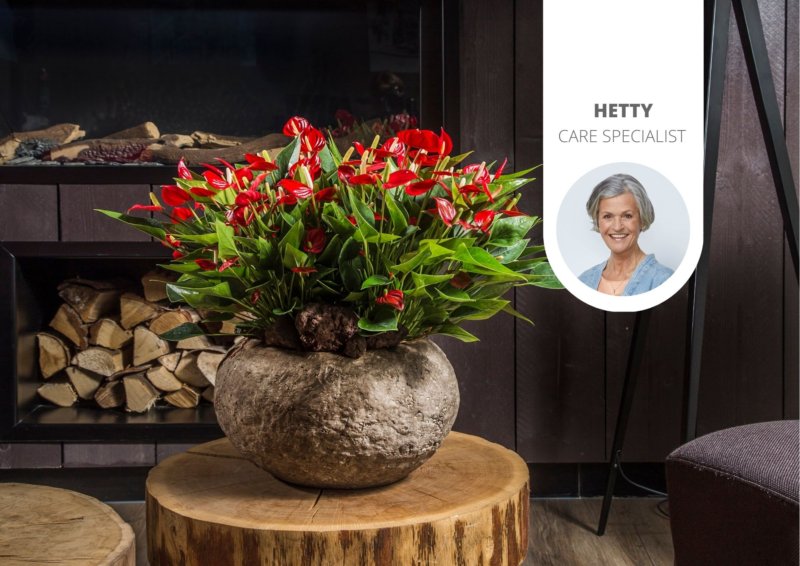Explained: the difference between direct and indirect sunlight
Anthuriums like to stand in a well-lighted place, but not in direct sunlight. When the plant is positioned in the dark, it will give fewer flowers. But what exactly is indirect sunlight? In this article we’ll explain the difference between direct and indirect sunlight, so you can easily find the best place for your Anthurium!
The difference between direct and indirect sunlight
Because light is one of the most important factors to ensure your plants are healthy, it’s crucial to know the plant’s preferences. For example, a plant may need direct sunlight, indirect sunlight or shade. It’s also useful to know the lighting you have in your home.
Direct sunlight
Direct light normally comes from the south or west. Look for the spot in your home where the sun is during the afternoon and early evening, that’s when the sun is at its strongest during the day. During this time, the plants sitting in south- or west-facing windows will receive more than four hours of direct light – as long as you don’t have curtains or window film.
Indirect sunlight
Indirect light means a place where the plant is close to a window, but not or hardly in bright sunlight. For example in a north-facing window or a few feet from a south-facing window. Curtains or window film can also filter sunlight, allowing light to pass through but blocking out the bright sunlight.
Many tropical plants, such as the Anthurium, thrive in indirect light. In nature, this light is what reaches plants that are covered by trees, which block out direct sunlight.
Also read: How to take care of an Anthurium pot plant and cut flower



